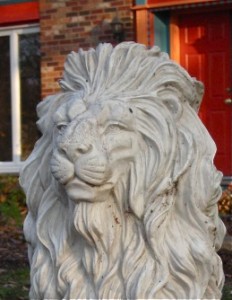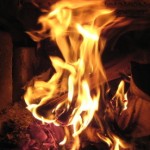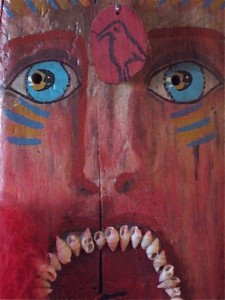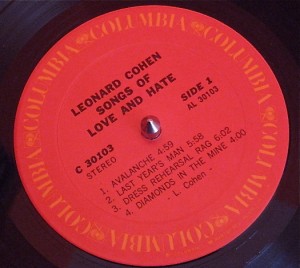I awaken from a dream crossing and can’t wait to ask Jan if there is in fact, somewhere in Brooklyn, a bridge called the Bryant Park Bridge. “Does it exist?” I ask, as I tell her my dream of crossing into New York City on a bridge of this name. She smiles, reminding me of the main library at Bryant Park in the heart of Manhattan. And then I get it, my dream bridge was the crossing to true knowledge, only to be obtained by daring to pass beyond the massive stone lions guarding its entrance.

We cross the ethereal Bryant Park Bridge whenever we allow ourselves deeper knowing of our multifaceted selves. The lions at the gates of each facet of true knowledge generate the emotional fires we must encounter, the proving grounds we must traverse to reach the truth at the heart of ourselves. Bearing that emotional energy, those fires of intensity, absolutely requires that our adult selves, our present selves, be fully present and aware.
We have long prepared for this encounter with the lions at the gate, as we have managed life across the bridge, back in Brooklyn so to speak—as in my dream—for decades. As adults we may finally find ourselves ready and willing to step into the fires, to withstand the tension, to breathe and release its bottled energy. Eventually, as the smoke fully clears, we are able to recover all the jewels, the diamonds of self awaiting discovery and recovery in the ashes.
Sometimes those fires that we must face are the feelings that were dissociated, cut off and walled off at the direction of the higher self to protect a younger, fledgling self from the shock of innocence interrupted.

Sometimes those fires are the actual emotions and physical torments endured and, again, stored at the direction of the higher self whose sole concern is survival in the moment. This higher self is perfectly capable of discerning the capacity of the growing self to integrate, to fully know its experiences, and continue to grow. But it also knows that some things must wait until later, until another decade perhaps, when an older self has gathered the stability and readiness to withstand and release the energy of bottled emotion, finally ready to recover the innocent jewel of a waiting self.
Sometimes the fires to be encountered are the fires of judgment, shame, and blame that cast the self into hiding. Here the mature self enters that darkened courtroom and stands firmly with the sentenced younger self and, bearing all the feelings evoked by the judgments, allows the full truths to be revealed in the light of day. Those old judgments, fully revealed and fully felt, eventually lose their energy. This is the way to suspending judgment.
In the end, life lived becomes just that: the full truths of a life lived. Then we are freed to meet the living self that has stood waiting behind it all, anxiously and tenderly awaiting the moment of new life, in the library of true knowledge on the other side of the ethereal Bryant Park Bridge. This self has waited patiently for this moment, to be finally received as a genuine facet of the true diamond self.

We accrue new facets of our diamond selves each time we dare to cross the ethereal Bryant Park Bridge, the bridge that appears when the triggers and synchronicities come to lead us into fuller recapitulation of our true selves.
When that bridge does finally appear and beckon us to cross, it is telling us that we, as adults, are ready to pass through the lions proving ground and pick up the treasures of knowledge that lie waiting. That is, the knowledge of our true selves, ready now to enter into new life…on the other side of the bridge.
At the library,
Chuck










